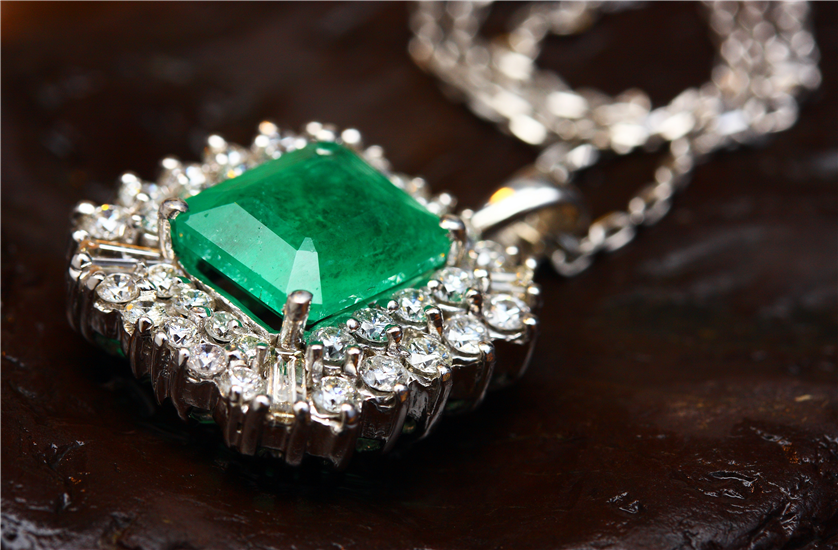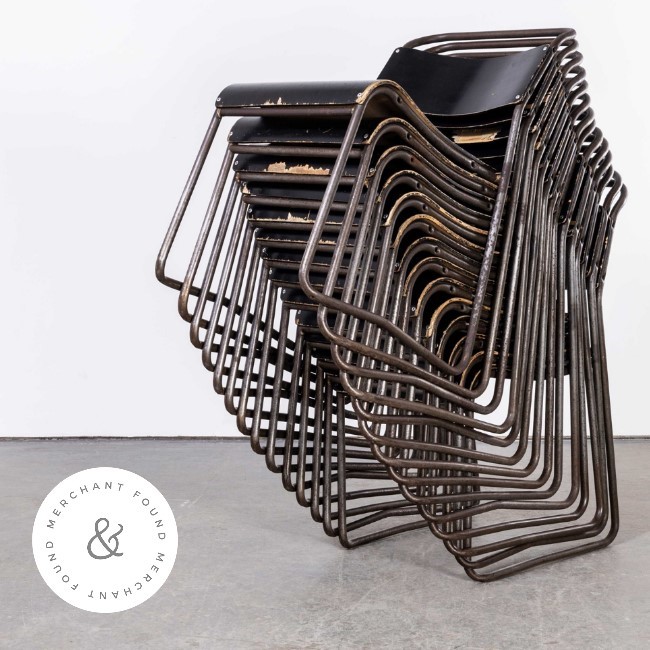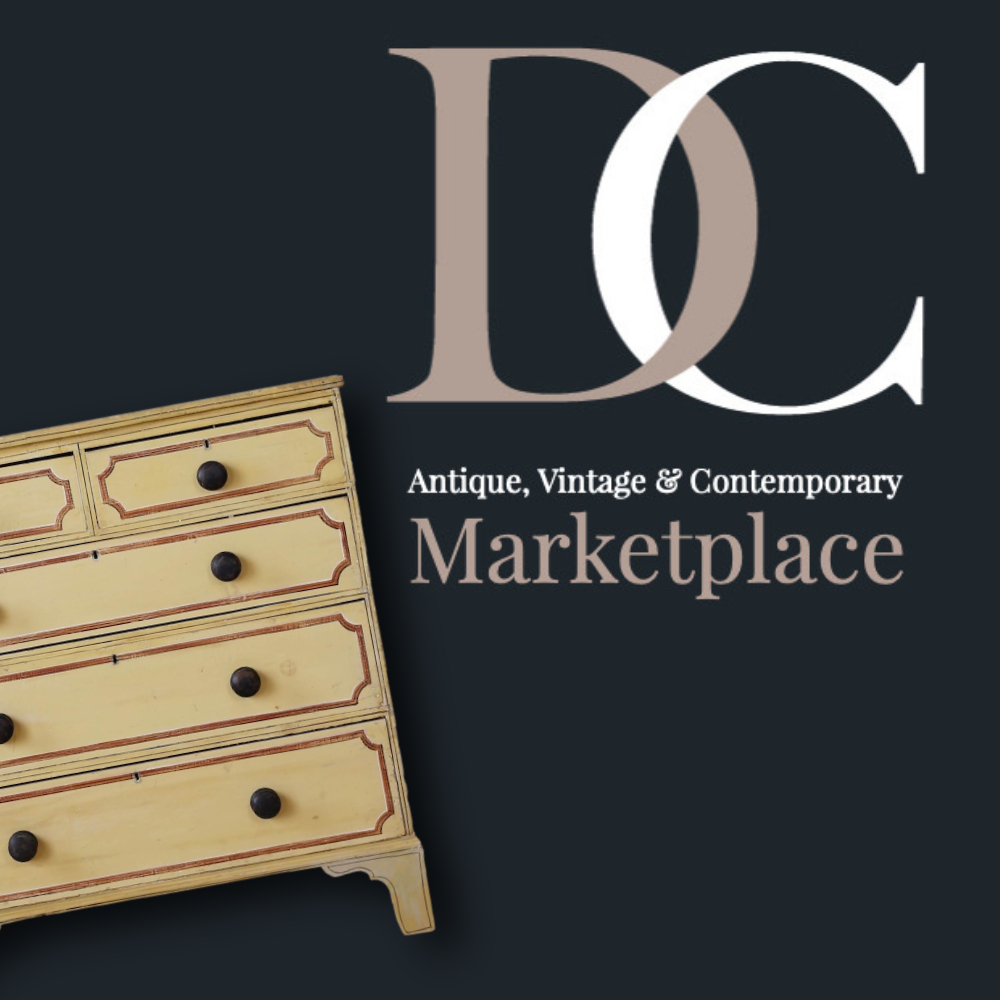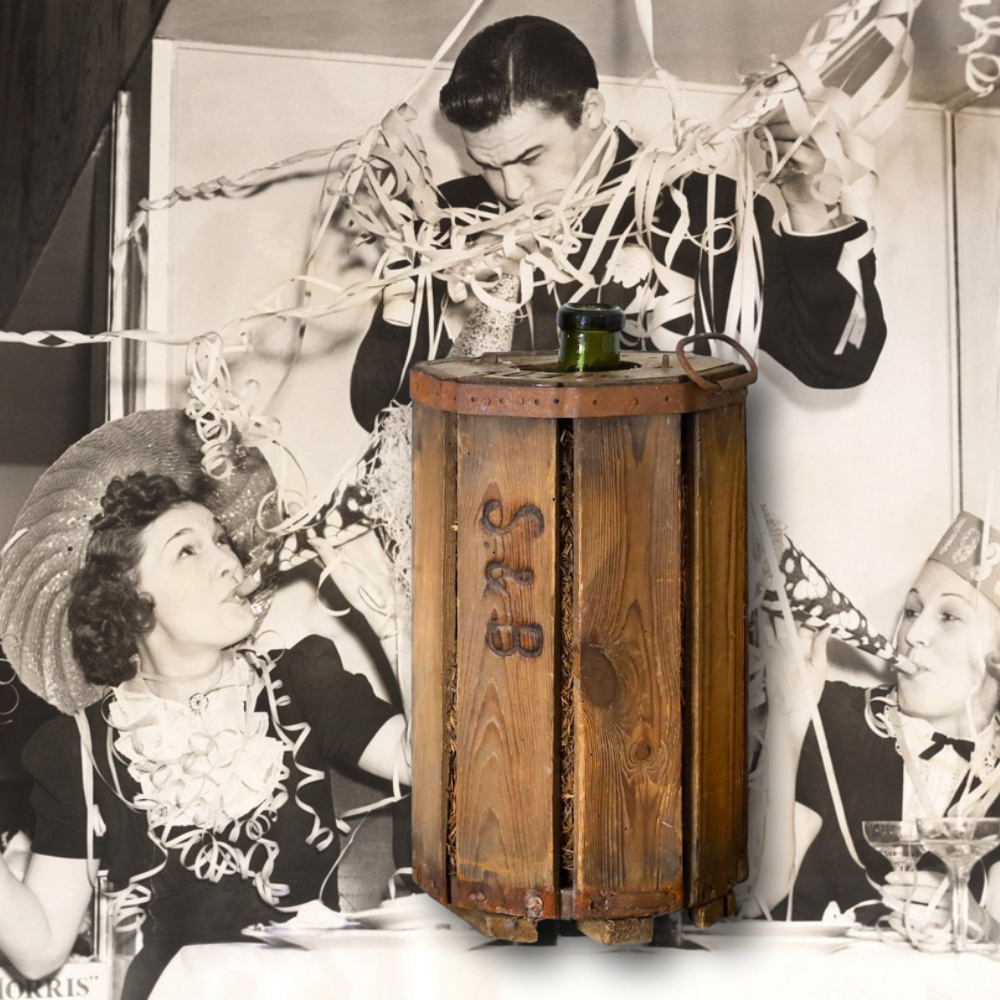
Silver and Gold are rare and precious metals that have been highly regarded since medieval times. The rulers of ancient kingdoms were fond of donning gold jewellery and some of the precious jewellery they owned has stood the test of time to make up some of the gold antiques in museums today.
Silver jewellery has also been in existence for quite a long time and is loved for its shiny appearance. Royal families in ancient times wowed their guests with silver dining sets that created an aura of sophistication and elegance. Some of the silver antiques survive to this day and are worth a fortune.
In the modern-day, silver and gold jewellery provides investors with a great way to diversify their investment portfolio. Small jewellery pieces that hold a lot of value are great assets that are also incredibly portable.
But which of the two metals is the best investment? Read our guide to find out what variables come into play when you’re considering whether to invest in silver or gold jewellery.
Is Gold or Silver More Valuable?
When it comes to comparing the value of a piece of pure gold to that of a similar-sized piece of pure silver, we find that gold has much more value than silver.
Gold is considered to be of more value since its price in the market remains the same for long periods of time and tends only fluctuates by small margins. Silver, on the other hand, is more volatile and its market price keeps shifting with fairly big margins.
It is also worth noting that gold supply is limited with demand continually increasing, which makes gold prices remain high. There is a greater supply of silver than gold, however, it tends to have more uses than simple decoration or jewellery, which means it also has a fairly high demand.
When it comes to the best items to purchase, investors looking to make a profit should buy antique silver jewellery when the price is low and hold onto the items until the price of silver increases. This way they will be able to make money on their jewellery. As the price of gold tends to remain quite steady, vintage jewellery made of gold should be considered a long-term investment as it can take longer to make a profit.
How Do You Spot Antique Jewellery?
Antique jewellery made of gold or silver is usually engraved with identifier marks or stamps, which can help to date pieces and so accurately value them. For necklaces and bracelets, the fasteners that hold the jewellery in place on the body can also help you identify when the jewellery was made as they will point to certain time periods when such fasteners were used.
The designers who crafted the jewellery were also keen to leave a mark somewhere on the pieces they made and an experienced eye can look for these to tell them when the jewellery was designed.
Other factors that can help you determine how old a piece of jewellery includes the size, colour and design. Older pieces tend to be larger in size due to manufacturing metho9ds and the fact that the rich people who owned them liked to conspicuously display their prized possessions. The shape the jewellery is forged in and the various patterns that might be edged on the surface also point to the timeframe in which the jewellery was made and helps with valuing it.
How Do I Know if My Antique Jewellery is Valuable?
The age, place of origin, the designer and the original owner are all factors that play part in the valuation of jewellery. Even more important is the amount of valuable metal that is used in the construction of the piece.
The best way to estimate the value of an item is to carefully inspect it in order to look for any marks that can help to identify it. Older pieces have more value than more recent pieces, so you want to check for marks that show the jewellery was made during an earlier time period.
Another way to determine the value of antique jewellery is its weight. Gold and silver are heavy metals, which means that any jewellery that feels light could just be gold or silver coated over a cheaper metal. If the jewellery seems light, look for worn-out areas that could expose underlying material.
Authentic gold and silver jewellery should have a similar appearance on worn-out sections as they do on areas that are still intact. Any inconsistencies in appearance point to the jewellery being a cheap replica, which is not very valuable.
Antique Jewellery Hallmarks
Hallmarks on vintage jewellery are important identifier features that are located on the inside of a ring, the clasp on an antique necklace or the joint of an earring.
Hallmarks contain information on the amounts of valuable metals that were used in making the antique jewellery, as well as showing you how old the jewellery is. All this information is important when calculating antique jewellery value. Some well known gold hallmarks are 10K, 750 and 585 while silver hallmarks can look like 925, Silver, 800 and Sterling. You should ensure you check what the hallmarks mean in order to assess the jewellery’s value.






